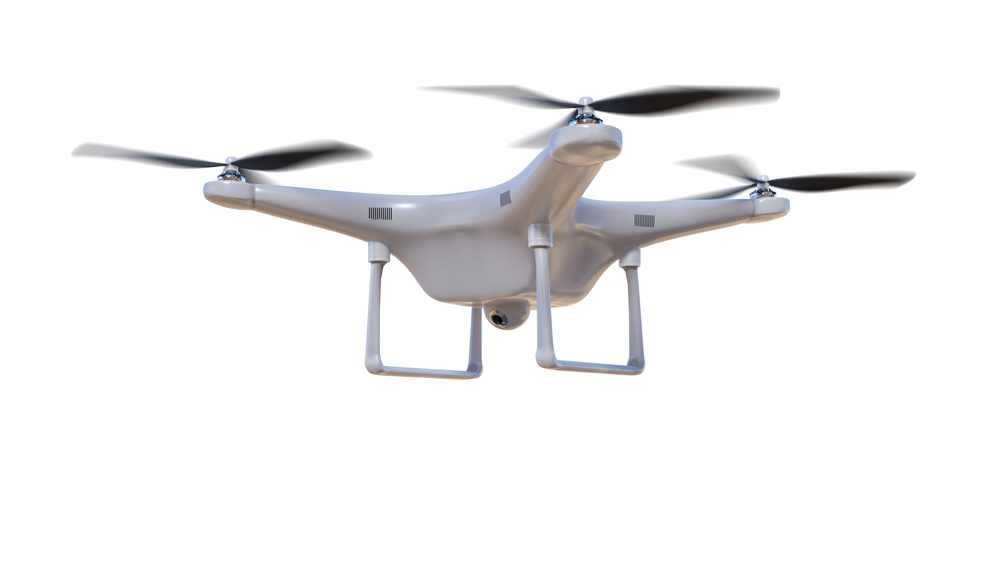Drone technology can be used in many different ways. In fact, a lot of scientific research teams are working with this technology to conduct various environmental experiments. One of those experiments utilizes drones to monitor and detect shark activity across Australia’s shores. It has the potential to save lives in the long run. Australia’s coasts are notorious for their shark activity, and drones can make a big difference.
Shark-detecting Drones
Drones can serve many different purposes. Although mainstream companies mainly explore this concept for competitive racing and delivery services, scientists are taking an entirely different approach. In Australia, a team of scientists is looking to incorporate drones as a way to monitor shark activity near the nation’s coastlines. They want to enhance beach safety as a whole, which has become somewhat threatened over the past few years.
The Australian government has noted how there has been an increase in shark attacks over the past few years. Addressing this problem is not all that easy, as there is no proper detection system yet in place. That is where drones come in, since they can effectively patrol the shores for sharks. The current plan is to begin a trial as early as next month, although it remains to be seen how long the experiment will run.
These dedicated drones – known as Little Rippers – have been successfully trialed since 2016. The government has had big plans for such a project for some time now, yet officials first wanted to ensure the technology was capable of meeting their demands. After all, monitoring for shark activity is not something drones are equipped for by default. Aerial shark detection will certainly have its benefits in the years to come, yet it did require the team to improve their overall accuracy first.
The human eye is only 20% to 30% accurate when it comes to identifying sharks from the air. However, drone technology introduces some improvements. It took this team of scientists some time, but their drones can now successfully identify sharks with 90 percent accuracy, which is rather impressive. The system is trained in such a way that it can identify sharks using publicly available aerial photos and video footage.
Once a shark is detected, drones will alert swimmers using a built-in megaphone. They can even deploy a life raft and an emergency beacon if needed. This goes to show the Little Rippers are more than capable of handling themselves in this regard, although only a real-life deployment will tell if this technology is both viable and successful. It also appears the drone manufacturer is working on a shark repellent solution for use in the future, although specifics are hard to come by as of right now.
Australia has to find a technological solution to this shark problem; that much is certain. Earlier this year, the government introduced protective nets to protect swimmers from sharks after multiple attacks took place. However, the usefulness of underwater nets has yet to be determined, and they may end up harming aquatic life in the end. Shark seeking drones are an interesting concept, as well as one definitely worth keeping an eye on.

